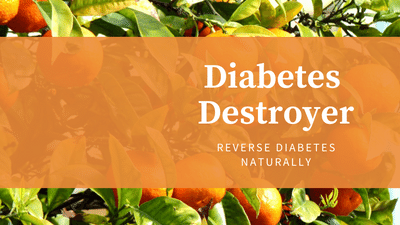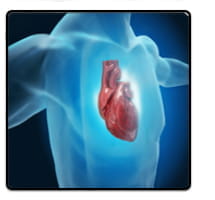A few simple lifestyle tweaks can keep the cholesterol numbers in the happy zone.
1. Fiber
Increase the intake. Beans, fruit ( not juice), vegetables, whole grains and oats. Psyllium husk and inulin supplementation if necessary.
2. Omega 3
Oily fish ( not fish cooked in oil!!!) such as salmon, mackerel, sardines thrice a week , OR omega 3 capsules as supplements.
3. Nuts
Any nuts but especially walnuts and almonds, they contain good fats. The amount contained in a closed fist. Not salted, sugared or roasted but plain, raw. Nuts are very high in calories and its easy to overdo it, so beware.
4. Olive oil and Vinegar
Olive oil contains a potent mix of antioxidants that can lower “bad” (LDL) cholesterol but leave “good” (HDL) cholesterol untouched. Studies showed that apple cider vinegar can lower cholesterol and triglyceride levels, and also help in improving insulin sensitivity. So make a simple vinaigrette and go for the salad!
4. Exercise
In addition to lowering LDL “bad” cholesterol, regular physical activity can raise HDL “good” cholesterol by up to 10%. The benefits come even with moderate exercise, such as brisk walking, at least 5 days a week.
Get a pedometer and aim for 10,000 steps a day. If you work at a desk, get up and walk around for five minutes every hour.
5. Green tea
Green tea contains compounds that can help lower LDL cholesterol. In a small study conducted in Brazil, people who took capsules containing a green tea extract were able to reduce their total cholesterol.
6. Garlic
Several studies have indicated that garlic and its constituents inhibit key enzymes involved in cholesterol and fatty acid synthesis.
7. Plant sterols or stanols
These are added to foods such as orange juice or yoghurt drinks, and are known to help maintain cholesterol balance.
8. No Smoking
Smoking lowers good – HDL cholesterol and is a known risk factor for heart disease.
9. Soy protein
25g/day of soy protein is FDA approved in lowering of cholesterol and balancing of HDl / LDL.
10. Statins
In some middle-aged men, especially smokers, with coronary artery disease or familial hypercholesterolemia, statins are an important option. They should always be supplemented with CoEnzyme Q10.
Simple ways to Stay Healthy!



 Protein is an essential macronutrient. We can’t make it. We need to consume protein to stay healthy, fit, happy, and long-lived. But we need to consume the right amount at the right times.
Protein is an essential macronutrient. We can’t make it. We need to consume protein to stay healthy, fit, happy, and long-lived. But we need to consume the right amount at the right times.
